History
Snapshot of the Department's History
For further in-depth history of the department, please open the linked PDF document (Southwestern Geographer, 2001).
The Department of Geography at Texas State University is a nationally recognized center for undergraduate and graduate teaching and research that continues to produce quality geography professionals and maintains a top tier internationally recognized faculty, staff, and student body.
In 1899, the Texas Legislature issued a charter to establish the Southwest Texas State Normal School on 11 acres of land located between Austin and San Antonio, Texas. In 1903, the school opened an enrollment of 303 students and 17 faculty members. Students enrolling in the normal school were required to take a geographic pedagogy, a course in which prospective teachers were instructed how to teach geography in public schools. After World War I, more systematic courses in physical and regional geography were offered.
Moving into the 1950s and 1960s the department continued to expand as the institution reorganized its academic structure. The School (now College) of Liberal Arts was formed as a free-standing academic department during this period. In 1965, the Department of Geography and Planning was established.
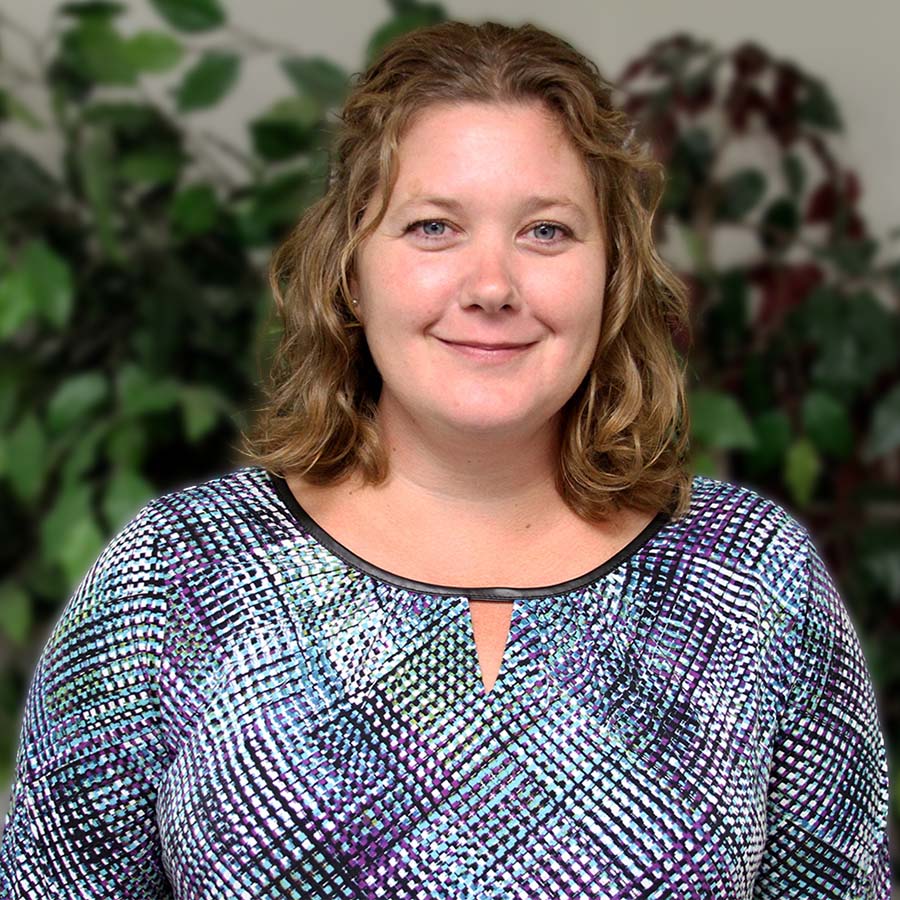
Dr. Jensen became the new department chair Jan 1, 2024. She earned her associate’s degree in Forest Technology from College of the Redwoods and her bachelor’s, master’s, and doctoral degrees from the University of Idaho, including a Ph.D. in Environmental Science. She joined Texas State University in 2009, was tenured and promoted to Associate Professor in 2015, and was promoted to the rank of Professor in 2021. She has served in various service and leadership capacities, including Associate Chair of the Department of Geography and Environmental Studies and a Faculty Senator representing the College of Liberal Arts.
Dr. Jensen has over 20 years of research experience focused on the intersection of geospatial sciences, physical geography, environmental science, and landscape ecology. Her research activities integrate GIScience and remote sensing to investigate and apply methods for geospatial data integration within geography, environmental studies, and beyond. Her research contributions facilitate increased collaboration across disciplines and an improved understanding of the physical landscape, land use, and land cover changes related to vegetation composition and structure, the distribution of various species, and conservation-oriented applications. She has graduated six Ph.D. students and 22 master’s students and served on 25 doctoral and master’s committees for students studying geography, geographic information science, population and conservation biology, and aquatic biology.
Dr. Yongmei Lu served as Chair from August 2018 – December 2023. During her tenure as Chair, Dr. Lu worked with faculty and staff to accomplish multiple important milestones, including changing the department name to Department of Geography and Environmental Studies, revising curricula and launching the 51-100% online Master of Applied Geography program and the fully online Ph.D. in Geographic Education program, and strategic hiring of ten faculty members and half of department staff. Dr. Lu led the department with optimism and a steady hand through the COVID-19 Pandemic. Despite considerable budget cuts during the early stage of the Pandemic, the department was only minimally affected. We were able to safeguard resources and talents in preparation for future growth. Dr. Lu joined the department in 2001 after earning her Ph.D. degree from the University of Buffalo – the State University of New York. Prior to serving as Chair, she was Associate Chair (2017-18) and Graduate Program Coordinator (2015-17).
Dr. Lu is a productive scholar and an effective mentor. She applies geospatial methods to examine how population well-being is shaped by human-environment interaction. Specific topical areas include health, healthcare access, food security, and crime in urban areas, particularly when urban growth and gentrification is concerned. Dr. Lu has published extensively. Her research has been supported by federal, state and university grants. Dr. Lu has supervised fifteen doctoral students, nine of whom have graduated with their doctoral degrees.
Dr. Lu is an elected member to the Honors Committee (2023-24) of the American Association of Geographers. She is a board member of the University Consortium of GIScience (UCGIS) (2022-25) and chaired its Research Committee (2020-22). Since 2018, she has been on the Board of Directors for the Race, Ethnicity, and Place (REP). Finally, she is a past President of the International Association of Chinese Professionals in GISciences (CPGIS) (2008-09) and a past chair of its Board of Directors (2009-10)
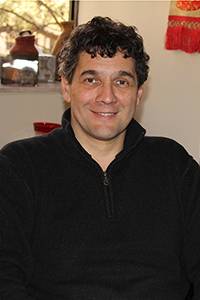
Dr. Alberto Giordano is a graduate of the University of Padua in Italy (B.A.), the University of California at Santa Barbara (M.A.), and Syracuse University (Ph.D.). He joined Texas State Geography in 2003 and served as Chair from 2013 to 2018. During his tenure as Chair, the department established collaboration agreements with universities in Central and South America, China, and Europe and hosted or co-organized a series of high-profile events, including a lecture from Dr. Joyce Banda, then the President of Malawi, as well as four conferences. Dr. Giordano spearheaded the establishment of the National Center for Research in Geography Education (NCRGE) at Texas State and led the initiative to rename the Ph.D. program in Environmental Geography to Ph.D. in Geography, the first Ph.D. program without qualifications at the university. Finally, between 2013 and 2018, the department underwent a generational change with the hiring of seventeen new faculty members. Since joining Texas State, Dr. Giordano has supervised nine Ph.D. students and twenty-six Masters and has served as committee member on an additional twenty Ph.D. and seventeen Master’s.
Dr. Giordano’s research interests include qualitative and platial GIS, the geospatial humanities, and cartography. In 2018-2019, Dr. Giordano served as President of UCGIS, the University Consortium for Geographic Information Science. In 2019 he was also a Fulbright Specialist in the Department of History at the University of Vilnius in Lithuania. Dr. Giordano is a founding member of the Holocaust Geographies Collaborative, a network of researchers and scholars interested in bringing geographical approaches, methods, and perspectives to the study of the Holocaust and other genocides. On this topic, he has delivered over eighty invited talks, keynotes, and refereed conference presentations. Finally, Dr. Giordano is interested in the application of GIScience methods and tools to forensic anthropology, most recently as PI on an NSF-sponsored project to quantify, map, and disseminate information regarding migrant deaths at the U.S-Mexico border. As PI or Co-PI, he has received research grants from US and European funding agencies totaling over $2.8 million.

Prior to coming to Texas State, Philip Suckling held faculty positions at Brandon University in Canada (1977-79), the University of Georgia (1979-91) and the University of Northern Iowa (1991-2005). He served as Department Head at the latter institution for 14 years.
During Suckling’s tenure as Chair, the geography undergraduate program continued to flourish growing to over 600 majors. The Department assumed responsibility for the University’s undergraduate geology minor in 2007. Under Suckling’s stewardship, the PhD program matured and blossomed with 70 PhD degrees awarded during his eight years as Chair, raising the department total from 18 to 88. This success was a major factor in the university being reclassified as an “emerging research university” by the coordinating board in 2012, when approximately half of all PhD degrees awarded by this institution at that time were from geography. Dr. Suckling served as Chair of the Texas State Geography Department from 2005-2013.

Cynthia Opheim served as interim chair of the department during the national search for a permanent chair. Her background in political science brought an added flavor to the department that not only maintained but also furthered the department's competitive edge.
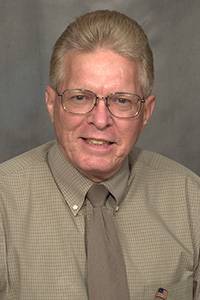
As department chair, 1994-2004, Estaville led the department through a remarkable period of advancement and growth. His leadership heightened the department's reputation onto the national and international stages, for example:
Led in establishing in 1996 the first Ph.D. program at Texas State University; specializations in
environmental geography, geographic information science, and geography education; grew
the number of Ph.D. students to 74 by 2004;
Also instituted a Master of Science and a Bachelor of Water Studies
Other significant department accomplishments while he was chair include the establishing of:
The James and Marilyn Lovell Center for Environmental Geography and Hazards Research
The Gilbert M. Grosvenor Center for Geographic Education
The Texas Center for Geographic Information Science
Texas Atlas Project
Scholarships and Awards Program
Geography Student Research Symposium
Alumni Reunion and Student Celebration
Europe Geography Study Abroad Program
Doubled the number of faculty from 15 to 30; staff members increased from 1 to 7
Doubled the space in the Evans Liberal Arts Building to include the first and third floors
Obtained an additional building (Medina) for external grant and contract work
Estaville led in organizing the 2006 Race, Ethnicity, and Place Conference, the largest scholarly event in the history of Texas State with 1,300 participants from 14 countries. He also envisioned and established 23 university student scholarships and 22 student and 10 staff awards. He continues as the director of the Texas Atlas Project, works to enhance diversity at Texas State and in the discipline for Geography, and teaches a variety of courses.
Before becoming the department chair at Texas State, Dr. Estaville was the Geography Department chair at California State University, Fresno, where he led in launching a master’s program in geography that grew to 42 students in two years.
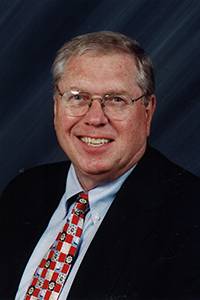
Boehm became the department's second chair following six successful years teaching at his alma mater, the University of Missouri. He helped propel the geography program at Texas State through a tough recession during the 1970's by bringing his knowledge and expertise in geographic education to the department. This would help triple the department's faculty members from 5 to 15 during the next 15 years.
Boehm also is the university's first endowed chair holding the Jesse H. Jones Distinguished Chair in Geographic Education. He also serves as director of the Gilbert M. Grosvenor Center for Geographic Education and co-director of the National Center for Geography Education (NCRGE). Boehm continues to teach advanced courses in geographic education in the department.
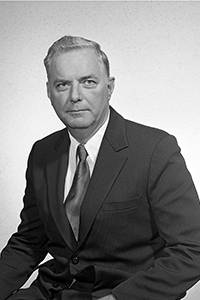
Hellman became the first chair of the Department of Geography and Planning. He was the first faculty member to hold a doctoral degree and used his expertise to implement his three-pronged approach to geography instruction at Texas State University (then Southwest Texas State University). This included environmental studies, cartography and photogrammetry, and urban and regional planning.
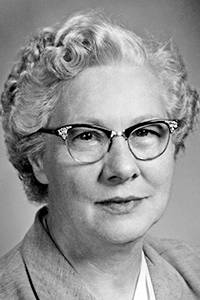
Elizabeth Sterry was "the" geography teacher at SWT during the period before and after World War II. She was the only geography teacher at SWT for nearly thirty years.

